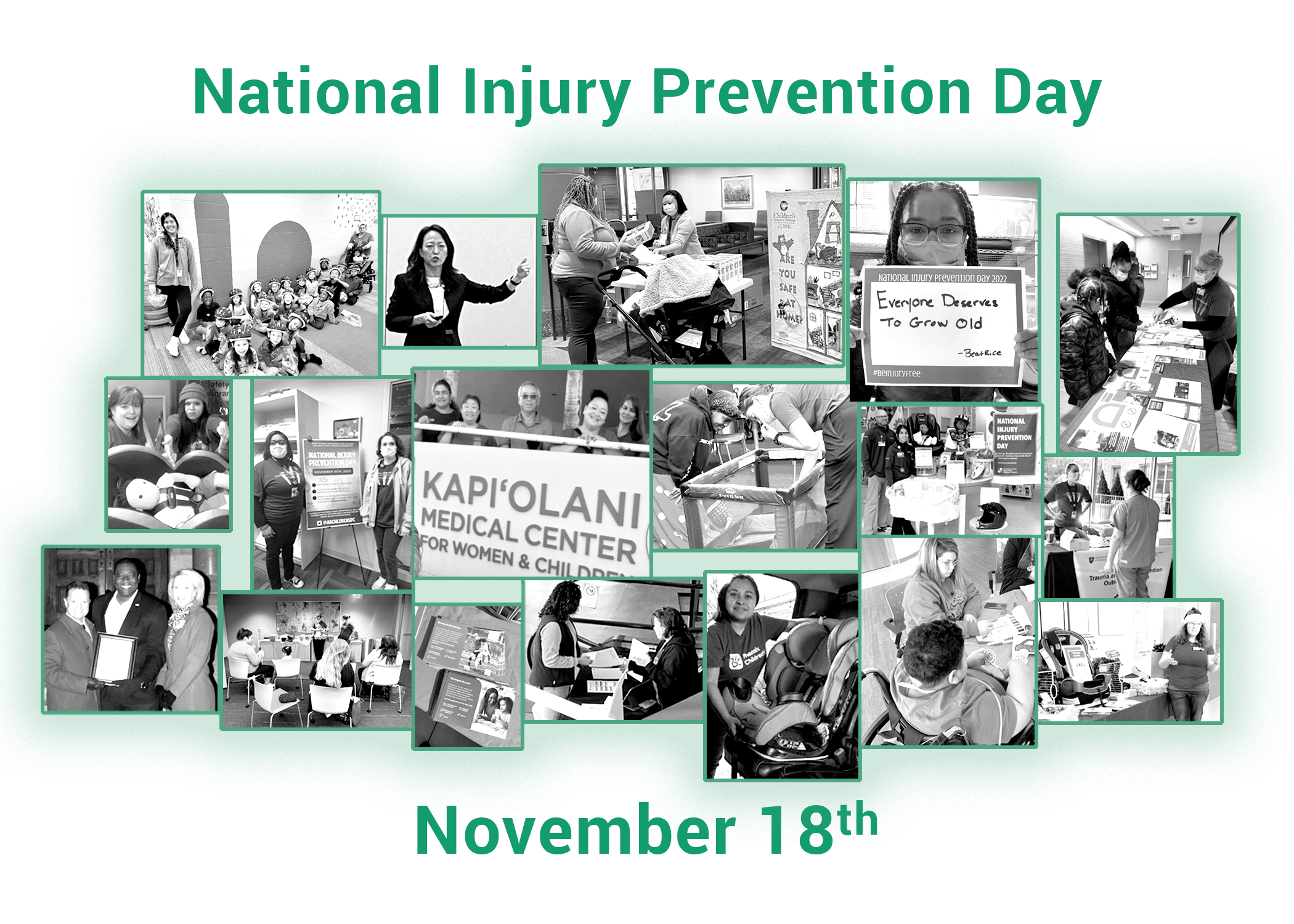National Injury Prevention Day is a critical observance that highlights the importance of proactive measures in safeguarding lives and reducing the burden of preventable injuries. Taking place annually, this day serves as a reminder of our collective responsibility to create a safer environment for all. In this article, we will delve into the significance of National Injury Prevention Day and explore ways individuals and communities can contribute to injury prevention.
The Silent Epidemic. Injuries often fly under the radar when discussing public health issues, but they are a silent epidemic that affects countless lives. From car accidents and falls to sports injuries and accidents in the home, injuries can lead to physical and emotional pain, disability, and even loss of life. These incidents are not just accidents; many of them are preventable with the right awareness and measures in place.
National Injury Prevention Day, first introduced through the Injury Free Coalition for Kids, plays a pivotal role in raising awareness and educating the public about the various forms of injury, their causes, and strategies to prevent them. It also serves as a platform for medical professionals, community leaders, and organizations to come together and share their insights and solutions for injury prevention.
Injury prevention involves a combination of education, legislation, and community engagement. Here are some key areas where individuals and communities can make a significant impact:
- Road Safety: Promoting safe driving practices, seatbelt use, and discouraging drunk or distracted driving can reduce the number of motor vehicle accidents.
- Home Safety: Identifying and mitigating potential hazards in and around the home, such as installing safety gates, securing heavy furniture, and practicing fire safety.
- Sports and Recreational Activities: Encouraging the use of appropriate protective gear and adherence to safety guidelines in sports and recreational activities to reduce the risk of injuries.
- Falls Prevention: Implementing measures to prevent falls among older adults, such as installing grab bars and ensuring well-lit stairways.
- Firearm Safety: Promoting responsible firearm ownership and storage practices to reduce accidental shootings.
Local communities in partnership with their trauma center can play a crucial role in injury prevention by organizing events, workshops, and educational programs. They can also collaborate with healthcare professionals and first responders to ensure a coordinated approach to emergency care and rehabilitation.
National Injury Prevention Day serves as a poignant reminder that we all have a part to play in creating safer environments for ourselves and our communities. By raising awareness, advocating for preventive measures, and working together, we can make a significant impact on reducing the burden of preventable injuries and protecting lives. Let’s use this day as a catalyst for change and commit to a safer, injury-free future.
Blog Submitted by:
Zakk Arciaga
Trauma Program Manager
Johns Hopkins Hospital


